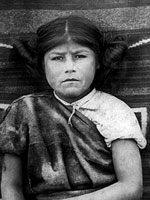Roanoke Island Festival Park [NC]
Roanoke Island Festival Park is a 27-acre state historic site and cultural center celebrating history, education, and the arts. Visitors can step aboard the Elizabeth II, a representative 16th-century sailing vessel; visit with Elizabethan explorers and soldiers in the Settlement Site; tour the Roanoke Adventure Museum, which explores 400 years of Outer Banks history; and view the docudrama, "The Legend of Two-Path."
The park offers exhibits, tours, demonstrations, performances, educational programs, research library access, and recreational and educational events (including living history events).
